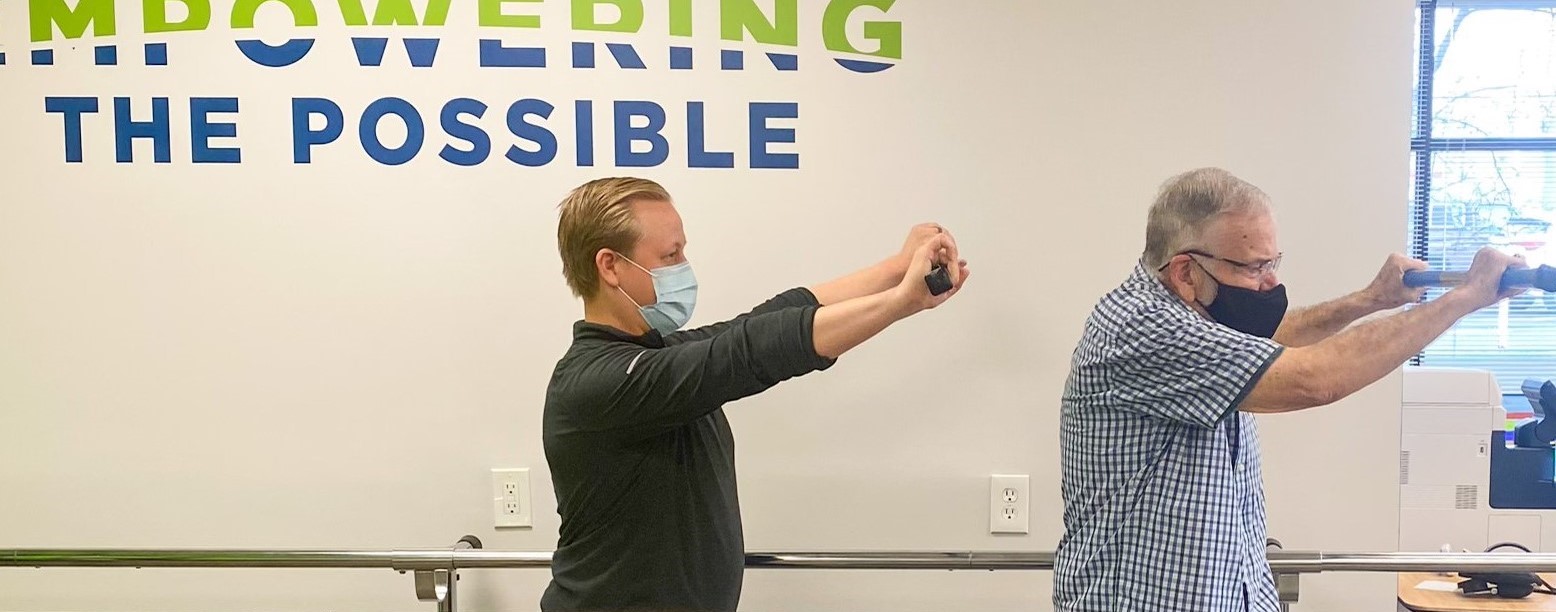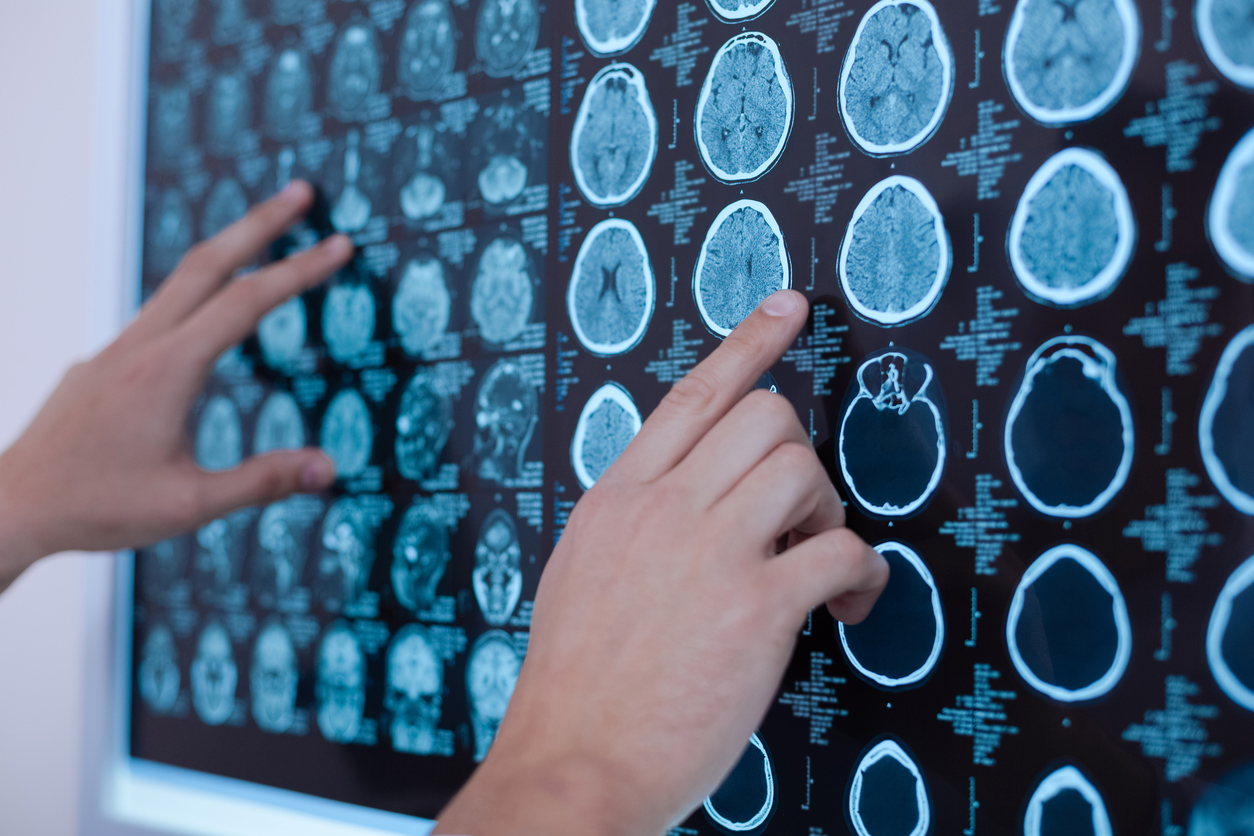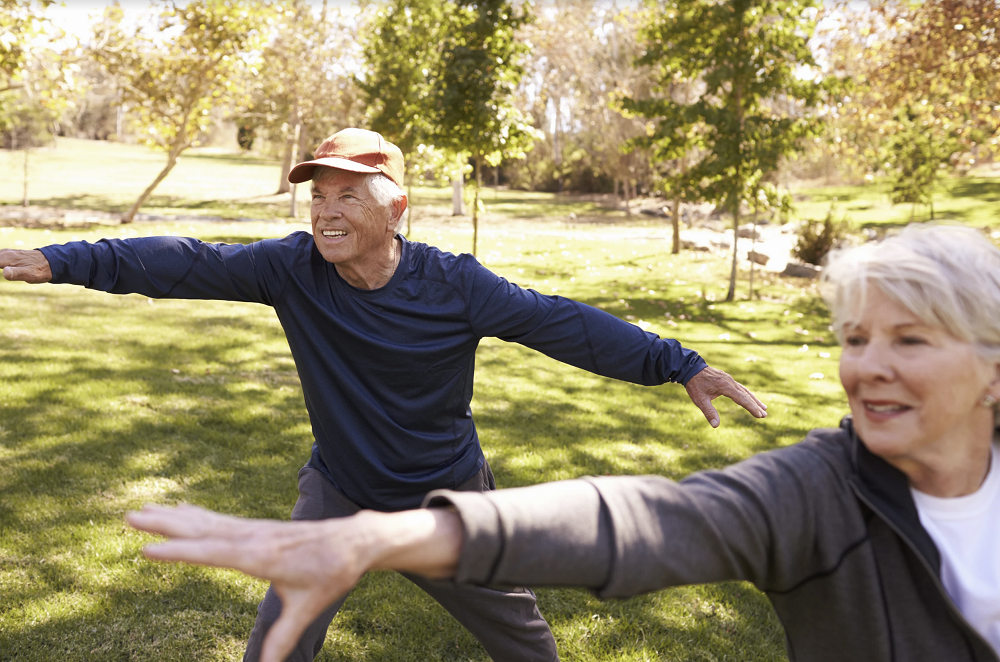As a physical therapist specializing in the management of Parkinson’s Disease, I spend a lot of my time talking with my patients about how the disease may impact their lives, and what to do about it. When I meet a person who has been newly diagnosed with Parkinson’s Disease, they are usually concerned about loss of independence and how they will get around years later. They may even feel a bit hopeless about their condition. While these may be legitimate concerns, there is an important message that I try to get across to everyone I meet with Parkinson’s Disease: there is something you can do to dramatically improve your long-term function and independence! The answer is MOVE!
As you probably know, exercise has been shown to modify the course of many diseases such as heart disease and diabetes to name a few. Did you know exercise has a huge impact on Parkinson’s Disease in the short and long term? Specifically, high intensity cardiovascular exercise such as cycling, has been shown to immediately improve walking in people with Parkinson’s disease. When carried out for a month, people in one study actually improved the severity of their symptoms to a lesser stage (based on a Parkinson’s disease rating scale). Another study showed that an intensive rehab program improved people’s symptoms AND people in the exercise group of the study needed less increases in their carbidopa levodopa medication dosage over time!
Why does exercise work? To better understand this, lets talk about what causes the problems with movement in people with Parkinson’s Disease. Its all about a chemical in your brain called Dopamine. Dopamine is released in your brain to allow you to produce coordinated movement. This happens when enough dopamine attaches to a nerve cell in the movement networks in your brain. When a certain amount of dopamine attaches to a nerve, it causes the nerve to fire, which then makes you move (for example, take a step). People with Parkinson’s Disease lose the ability to produce dopamine, so they produce less and less of it over time. This leads to more and more difficulty moving, smaller and smaller movements and so on. In people who exercise regularly, these nerve cells actually change so that it takes less dopamine to make them fire. Therefore, exercise helps keep the networks of movement nerves in your brain trained, so they are more ready to act (and make you move) when there is dopamine around.
The bottom line is that there is something clear and actionable that people with Parkinson’s Disease can do to take some control over their disease and keep themselves independent and moving their best. Exercise even improves the effectiveness of medications, needing less frequent increases in dosage of medication leads to less side effects!
As a physical therapist specializing in Parkinson’s Disease, my most important goal is to get my patients to commit to lifelong exercise. The key is consistency, then intensity, and then the type of exercise. During a course of physical therapy, I get patients to the point that they can be safe, do their daily activities independently and get back into their lives. We get people moving the best they can, but that is just the beginning. Once you have the tools, you have to use them; getting involved in a community exercise program that is specialized for people with Parkinson’s Disease is the best possible way to do that!




